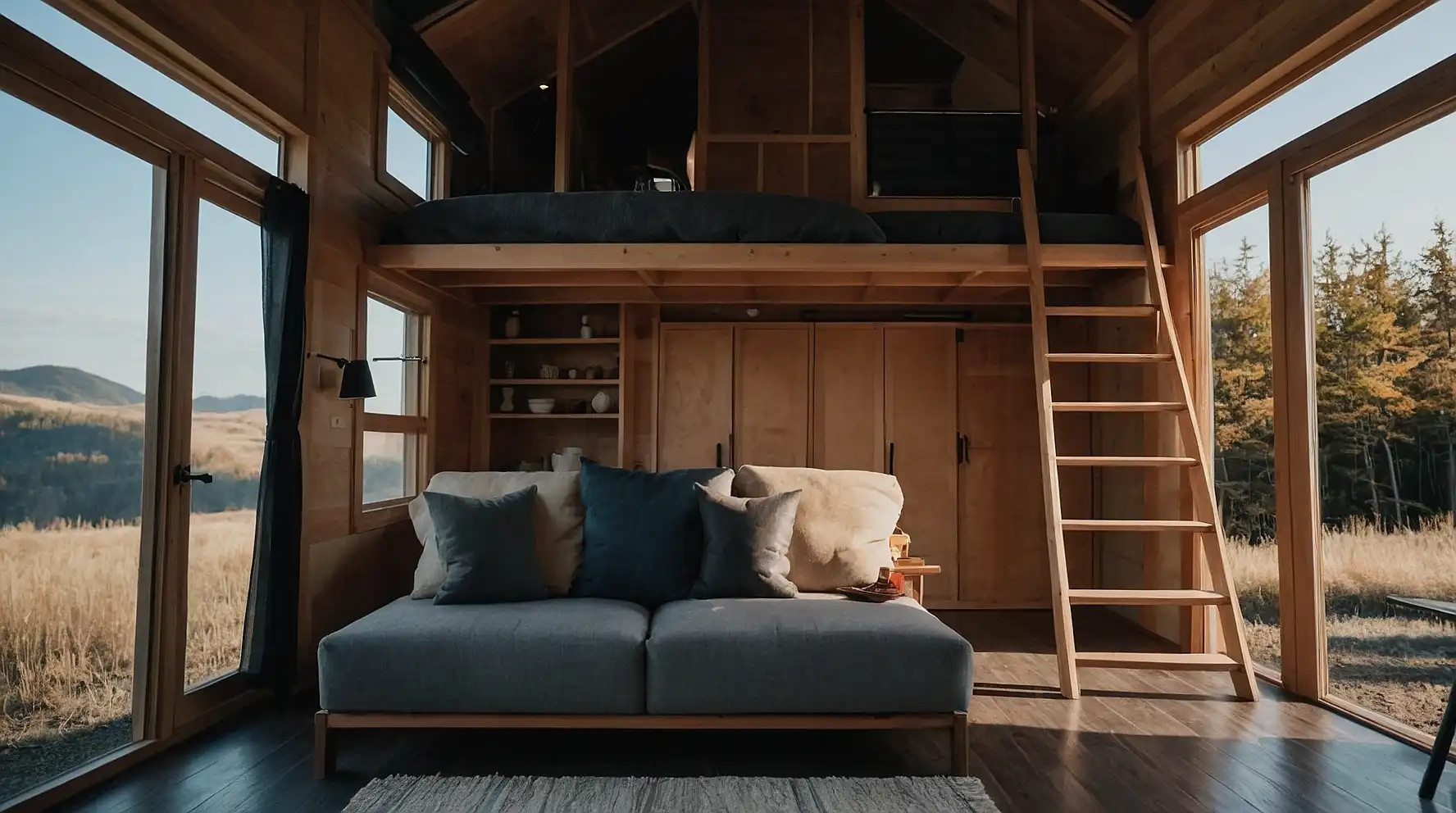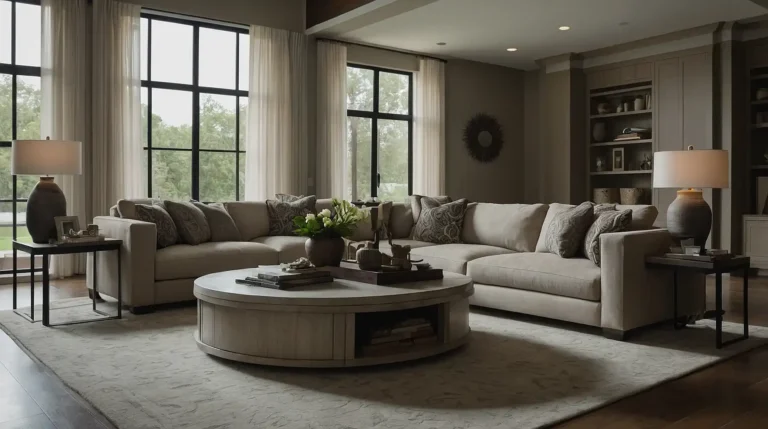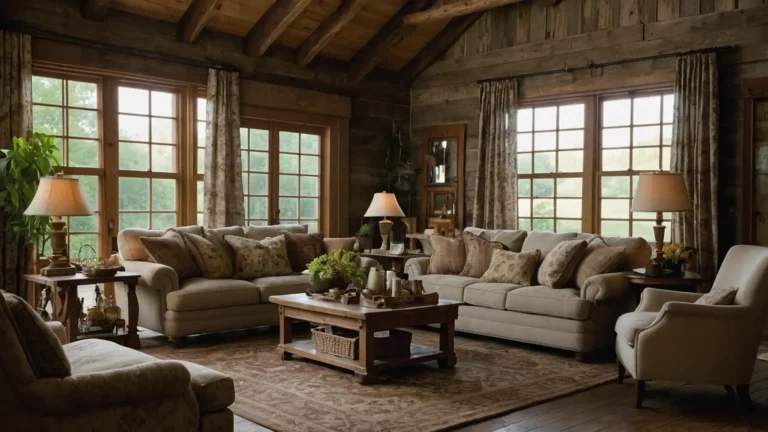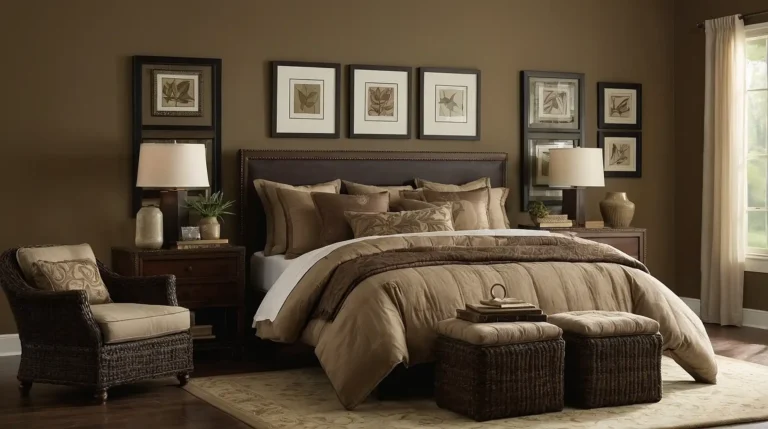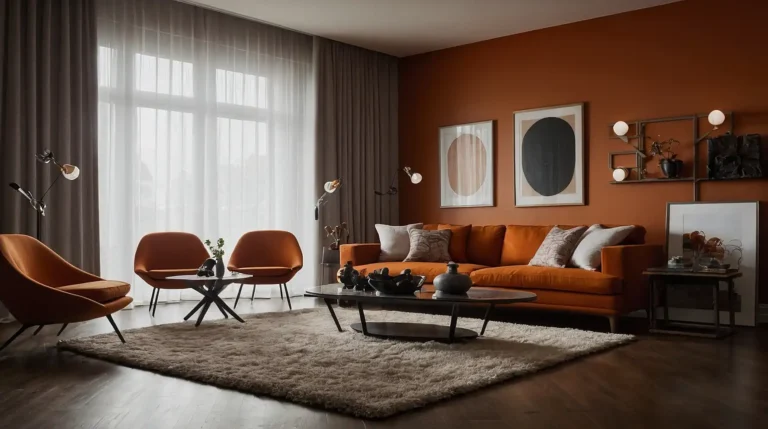27 Japandi-Style Tiny House Concepts
Japandi design perfectly suits tiny house living with its minimalist approach. This style blends Japanese simplicity with Scandinavian functionality beautifully.
You’ll create serene spaces using natural materials and neutral colors. Clean lines and uncluttered layouts maximize your compact living area.
These concepts embrace the “less is more” philosophy completely. Your tiny house becomes a peaceful sanctuary from modern chaos.
1: Natural Wood Feature Wall
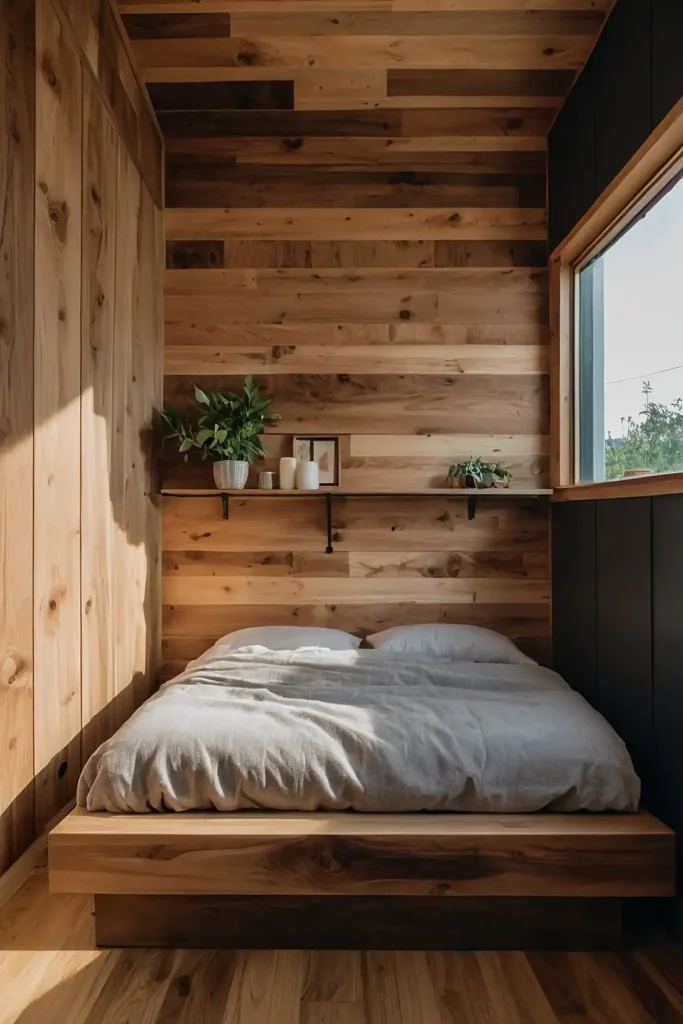
Create a stunning focal point with a natural wood feature wall. You’ll add warmth and texture without overwhelming your compact space.
Choose light oak or birch for authentic Scandinavian appeal. The wood grain provides visual interest while maintaining minimalist principles.
Position this wall behind your bed or seating area. This single element transforms your entire room’s atmosphere effortlessly.
2: Tatami Floor Sections
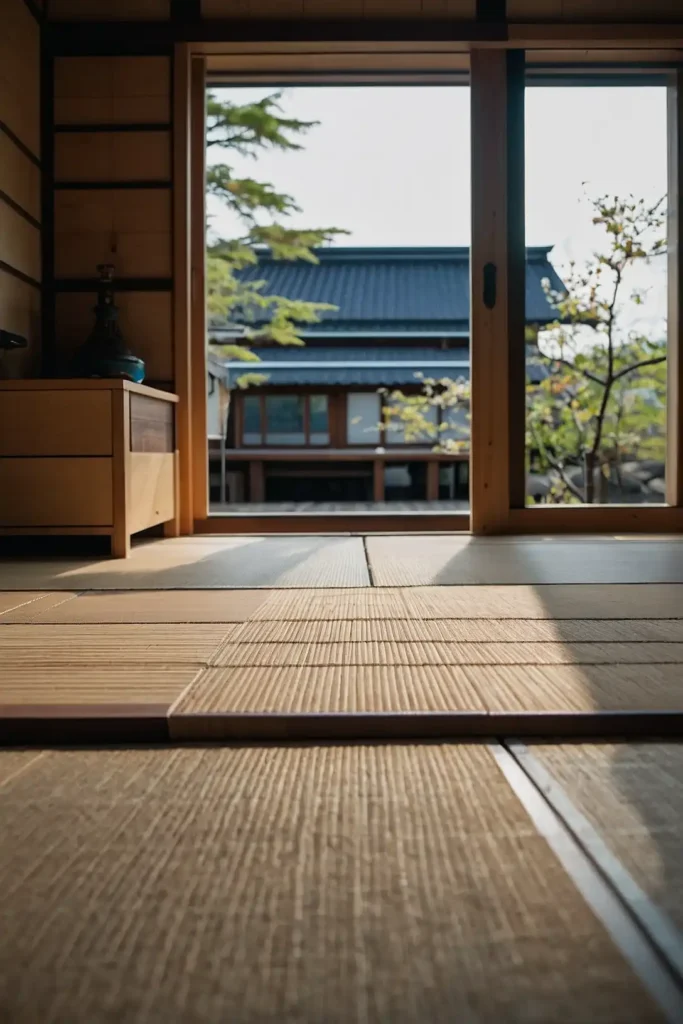
Install tatami mat sections for authentic Japanese flooring elements. You’ll create designated zones while adding natural texture underfoot.
These woven mats define spaces without using walls. They provide comfortable seating areas for meditation or reading quietly.
Choose high-quality tatami that handles foot traffic well. This traditional element connects your space with Japanese cultural heritage.
3: Shoji Screen Room Dividers
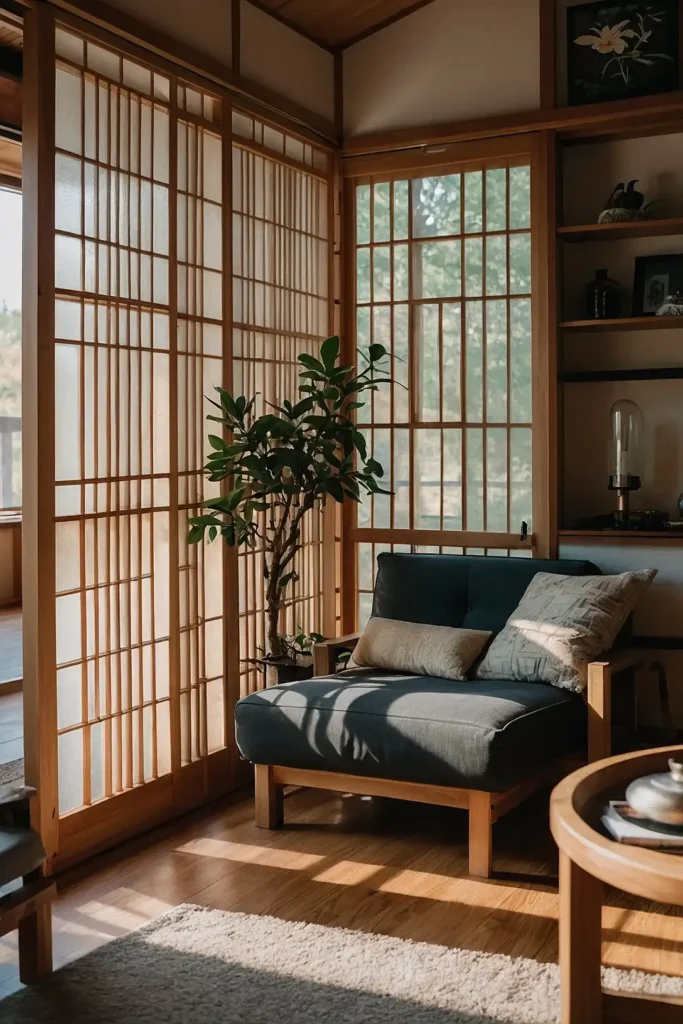
Use sliding shoji screens to create flexible room divisions. You’ll maintain open flow while gaining privacy when needed.
These translucent panels filter light beautifully throughout your space. They slide away completely to open up areas.
Install quality tracks that operate smoothly for years. This traditional Japanese element adds elegance and functionality simultaneously.
4: Built-In Floor Seating
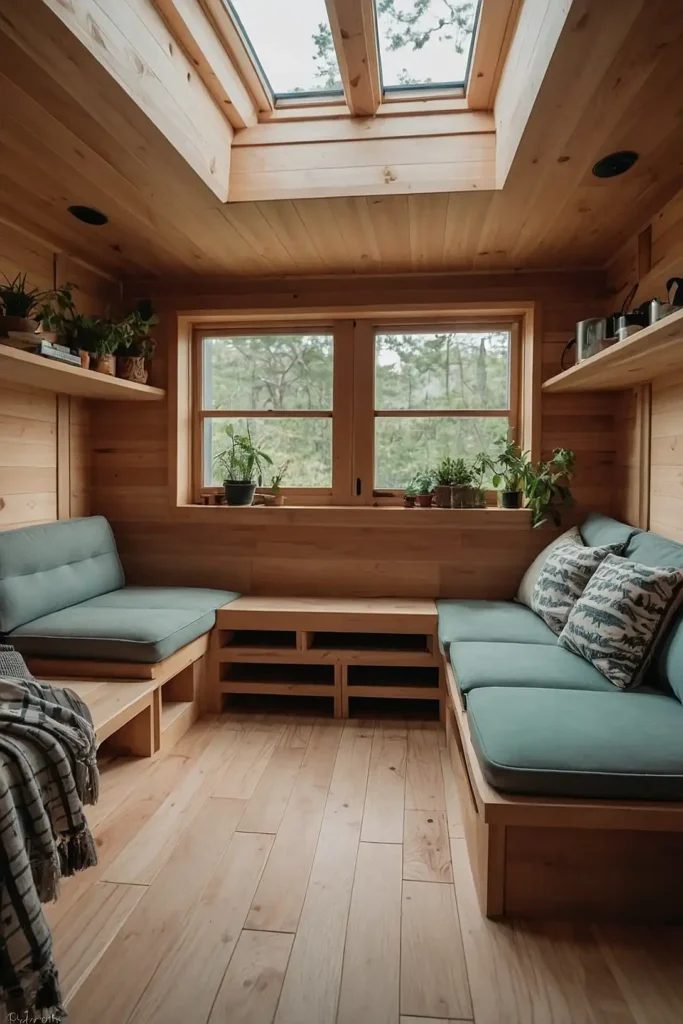
Design built-in floor seating areas with hidden storage underneath. You’ll embrace Japanese low-living while maximizing your storage capacity.
Add comfortable cushions in neutral linen fabrics. This seating style makes your ceiling feel higher naturally.
Include backrests that fold down when not needed. Your living area becomes more spacious and culturally authentic.
5: Minimalist Kitchen Design
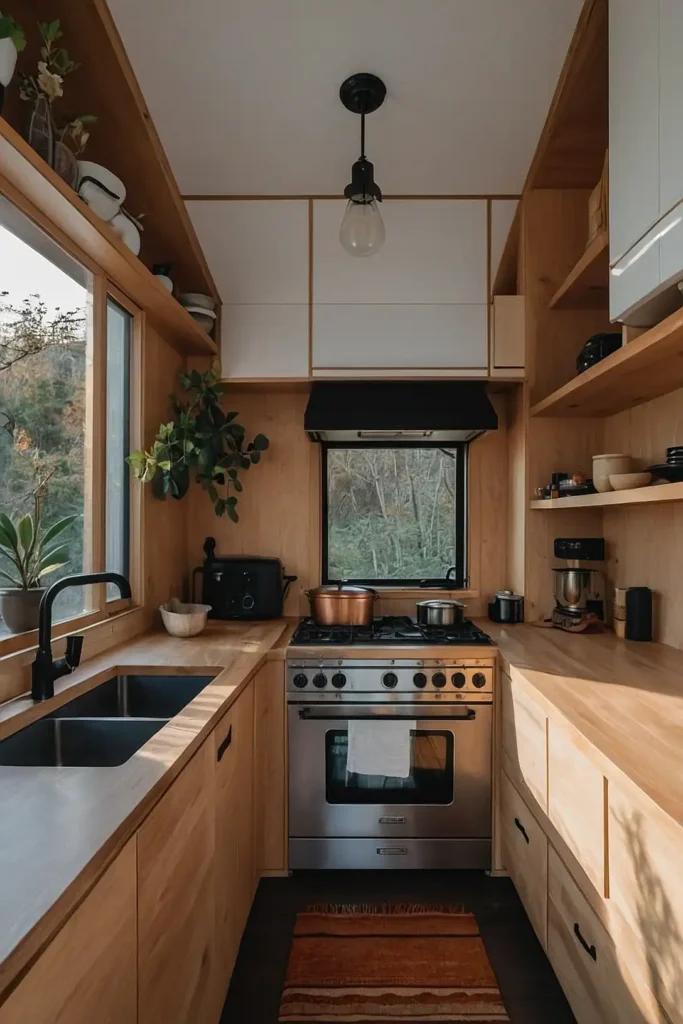
Create a streamlined kitchen with handleless cabinets and clean lines. You’ll achieve effortless functionality without visual clutter.
Choose light wood cabinets with white countertops. Hide appliances behind matching cabinet panels for seamless integration.
Install under-cabinet lighting for warm, even illumination. This approach creates a serene cooking environment perfectly.
6: Natural Fiber Textiles
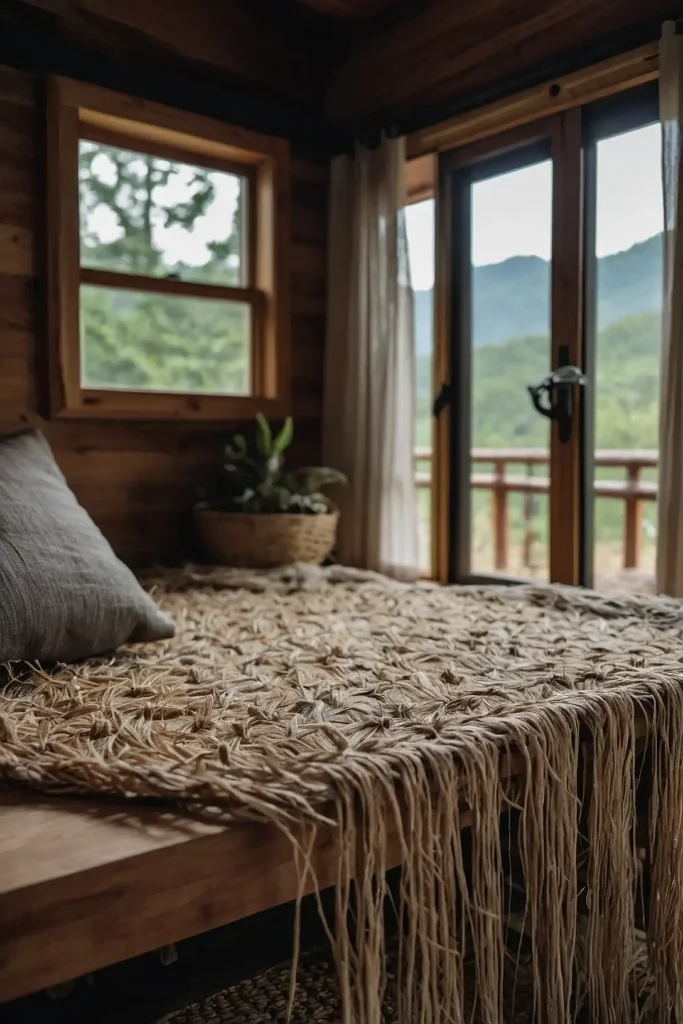
Incorporate linen, cotton, and wool textiles in neutral tones. You’ll add softness and warmth without disrupting visual harmony.
Layer different textures for depth and interest. Choose fabrics in whites, beiges, and soft grays exclusively.
Avoid patterns and bold colors completely. These natural materials connect your space with organic elements beautifully.
7: Floating Shelves Display
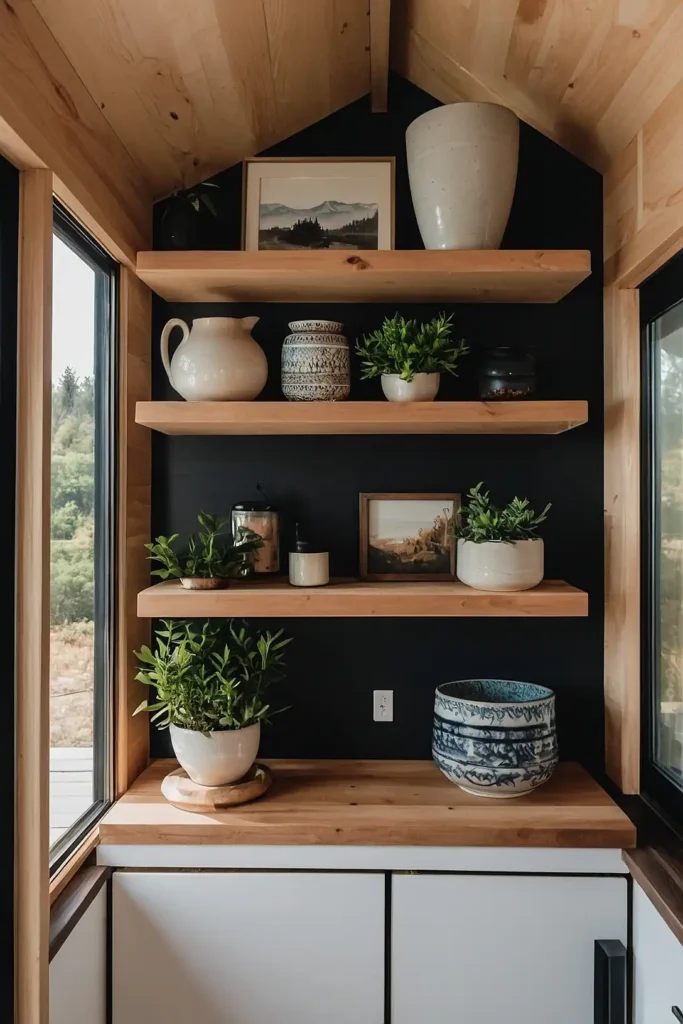
Install floating shelves for displaying carefully curated objects. You’ll create visual interest while maintaining minimalist principles.
Choose a few meaningful items rather than many. Display pottery, plants, or books with intentional spacing between pieces.
Use light wood that matches your other elements. This approach celebrates negative space as design element.
8: Indoor Garden Nook
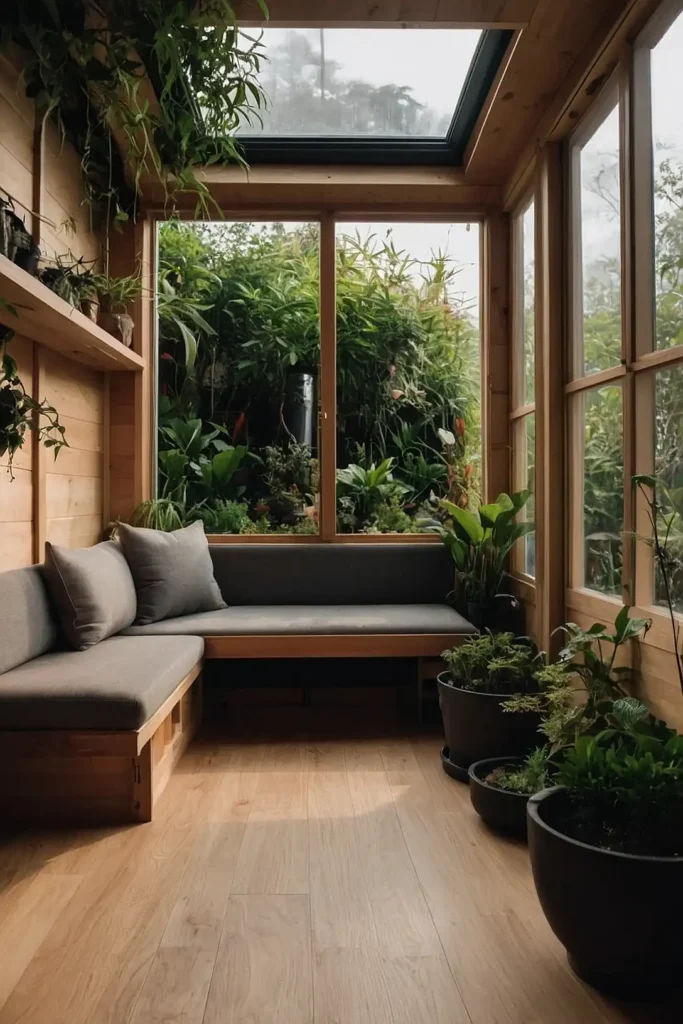
Dedicate space for an indoor garden with natural planters. You’ll bring nature inside while purifying your air naturally.
Choose plants that thrive in your lighting conditions. Group them in ceramic or wooden containers thoughtfully.
This living element adds life without creating clutter. Your connection with nature becomes part of daily life.
9: Neutral Color Palette
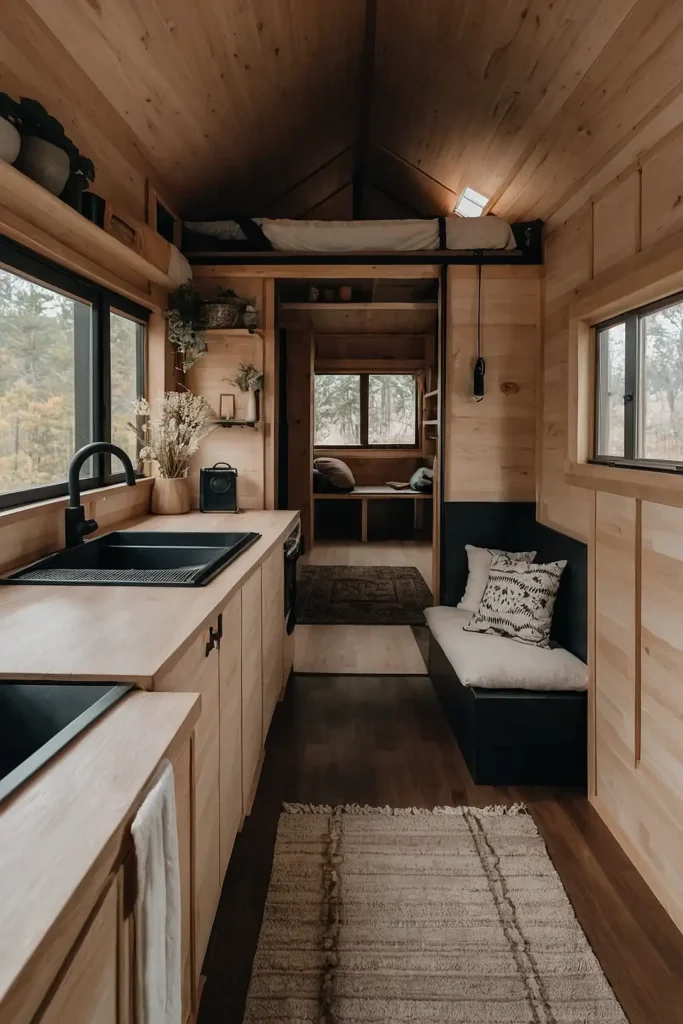
Stick to whites, beiges, and soft grays throughout. You’ll create a cohesive, calming environment that feels larger.
These colors reflect light and create visual continuity. They provide the perfect backdrop for natural materials.
Avoid bold or bright colors that disrupt harmony. This restrained palette promotes mental clarity and peace.
10: Multi-Functional Furniture
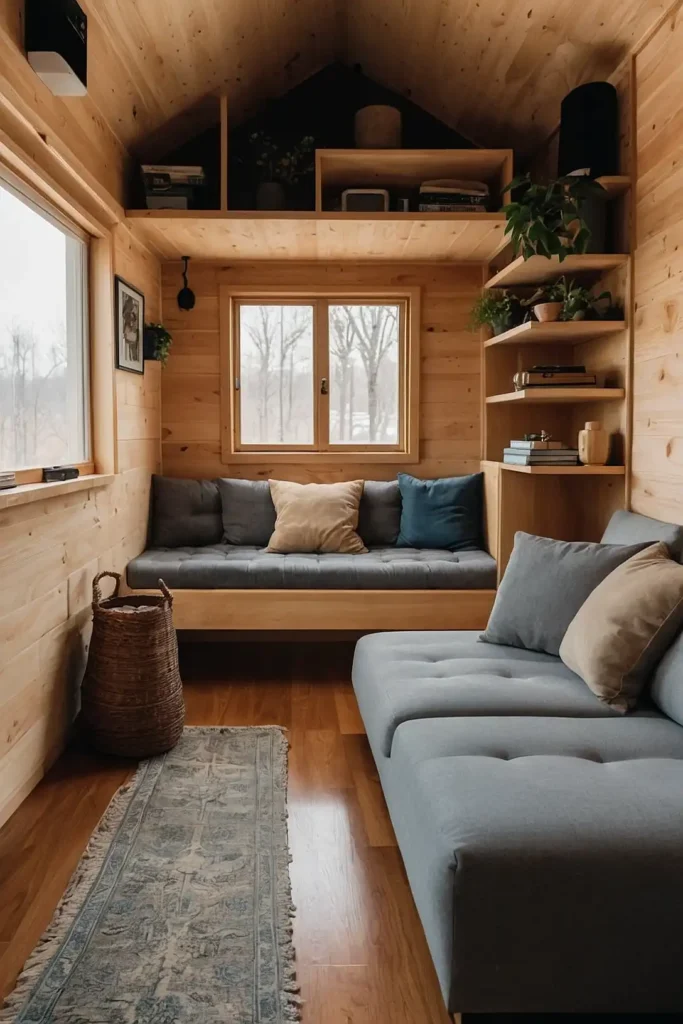
Choose furniture pieces that serve multiple purposes efficiently. You’ll maximize functionality while maintaining clean aesthetic lines.
Select storage ottomans, expandable tables, and convertible seating. Each piece should earn its place through usefulness.
Avoid furniture with decorative elements or busy details. Function and form unite perfectly in Japandi design philosophy.
11: Natural Light Maximization
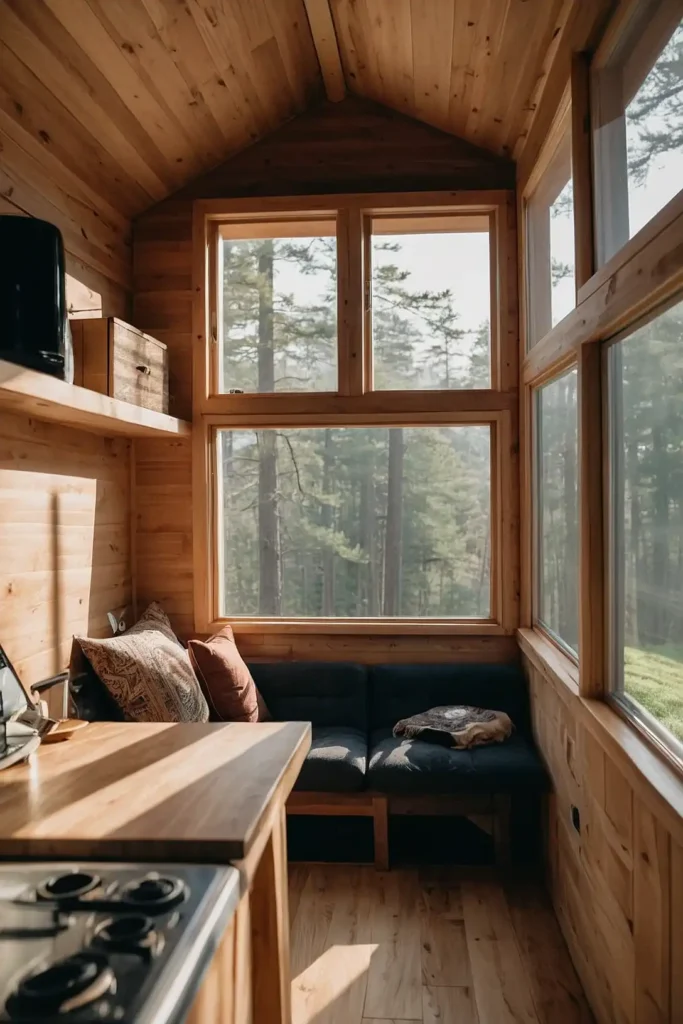
Design your layout to capture and distribute natural light. You’ll create bright, airy spaces that feel much larger.
Install large windows without heavy treatments. Use sheer curtains or wooden blinds for privacy when needed.
Position mirrors strategically to reflect light throughout. Natural illumination becomes your primary lighting source during daytime.
12: Hidden Storage Solutions
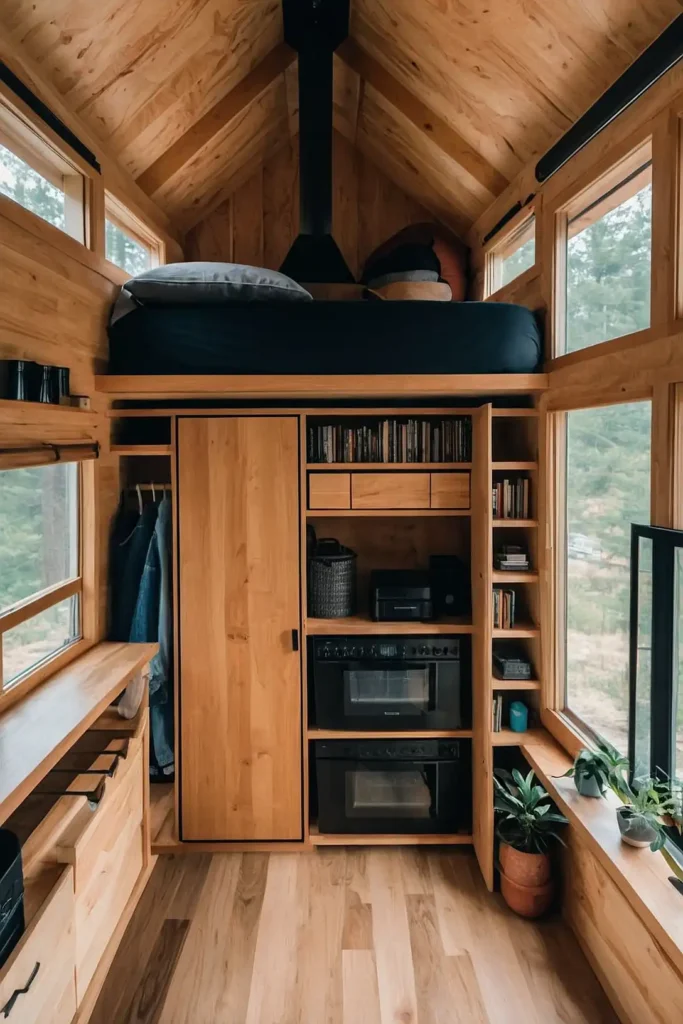
Integrate storage seamlessly into your architectural elements. You’ll maintain clean lines while organizing your possessions efficiently.
Build storage into stairs, walls, and furniture bases. Everything should have a designated place that’s easily accessible.
Use drawer organizers and containers in natural materials. Your belongings stay organized without visible clutter anywhere.
13: Low-Profile Furniture
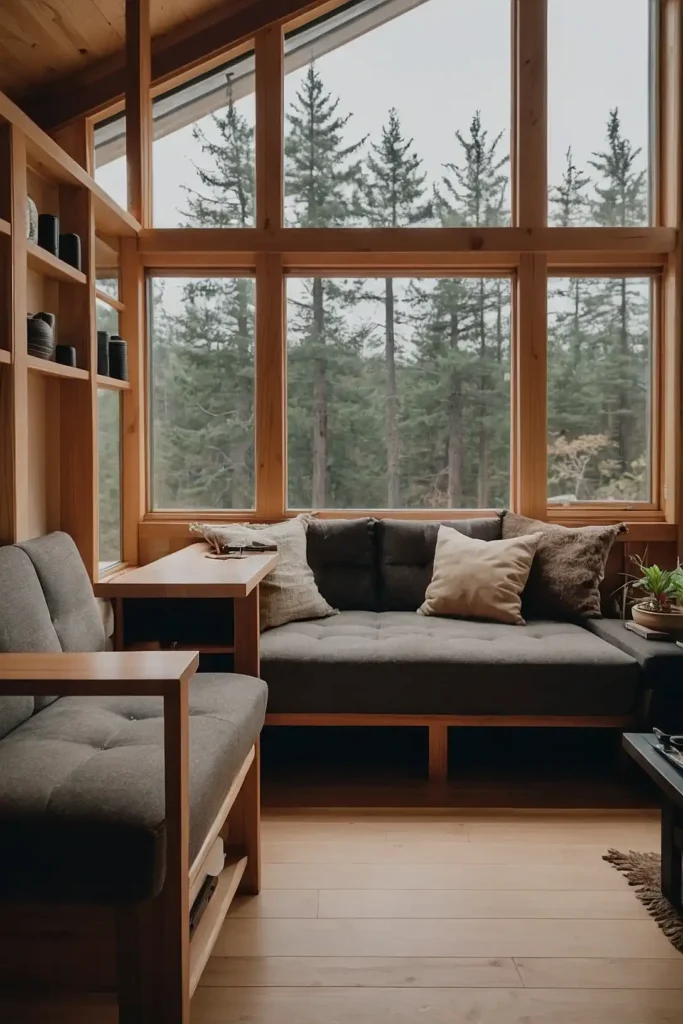
Select furniture with low profiles and clean lines. You’ll create the illusion of higher ceilings in your compact space.
Choose platform beds, low sofas, and minimal dining sets. This approach emphasizes horizontal rather than vertical elements.
Avoid tall or bulky furniture pieces completely. Your space feels more open and serene naturally.
14: Bamboo Design Elements
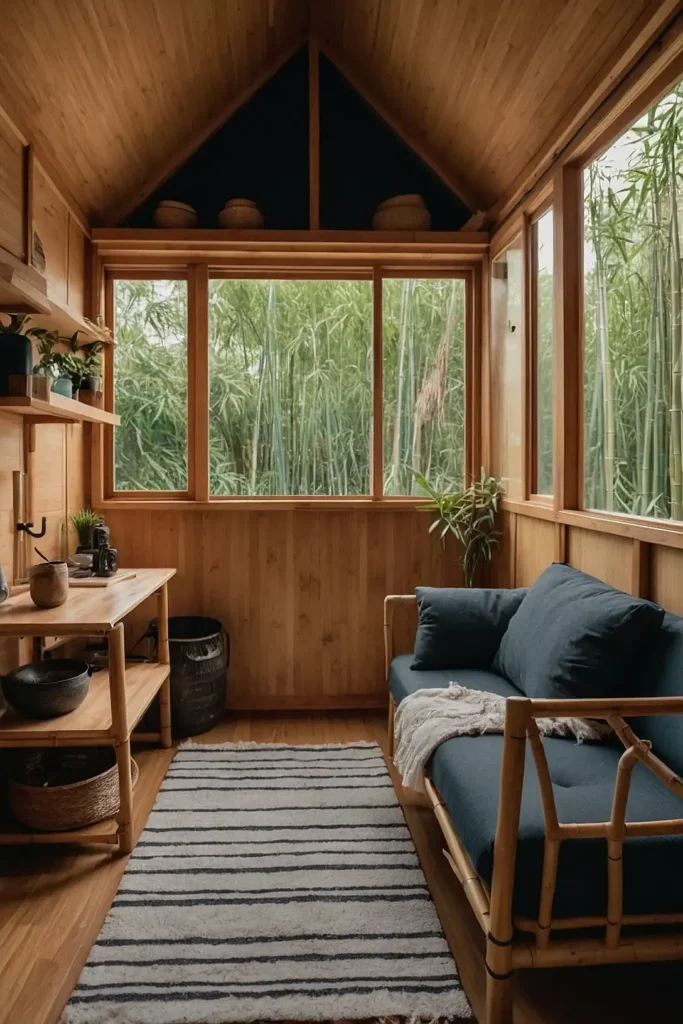
Incorporate bamboo accessories and structural elements throughout. You’ll add sustainable materials with natural beauty and strength.
Use bamboo for shelving, light fixtures, or decorative screens. This fast-growing material aligns with environmental consciousness.
Choose pieces with clean, simple lines only. Bamboo connects your space with both Japanese and Scandinavian natural traditions.
15: Meditation Corner
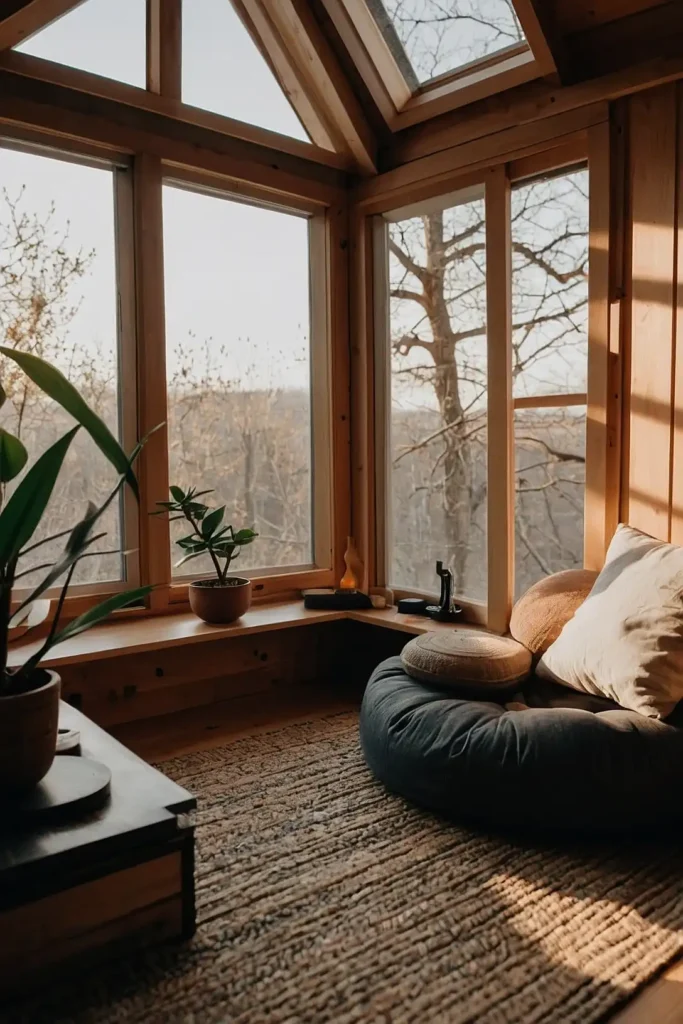
Create a dedicated meditation or quiet reflection space. You’ll establish a peaceful retreat within your compact home.
Include a comfortable cushion and perhaps a small altar. Keep this area completely free of distractions or clutter.
Position it near a window for natural light. This sacred space supports mental well-being and mindful living.
16: Ceramic and Pottery Accents
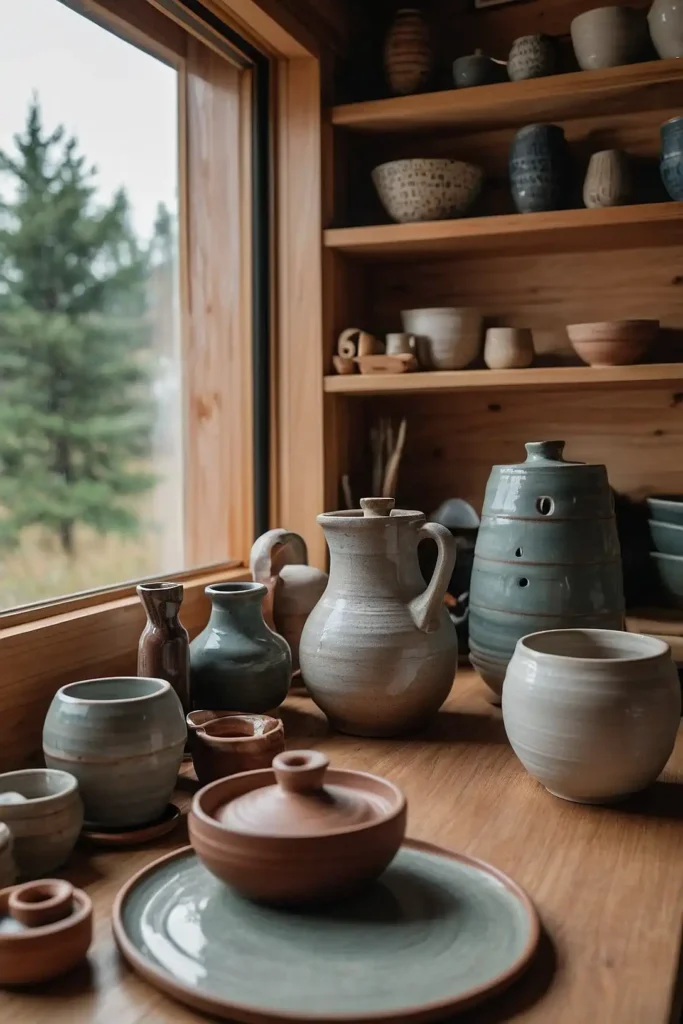
Display handcrafted ceramics and pottery as decorative elements. You’ll celebrate artisanal craftsmanship while maintaining minimalist principles.
Choose pieces in neutral colors with organic shapes. Let each piece have space to be appreciated individually.
Avoid mass-produced items or busy patterns completely. These handmade elements add soul to your minimalist space.
17: Wooden Bath Elements
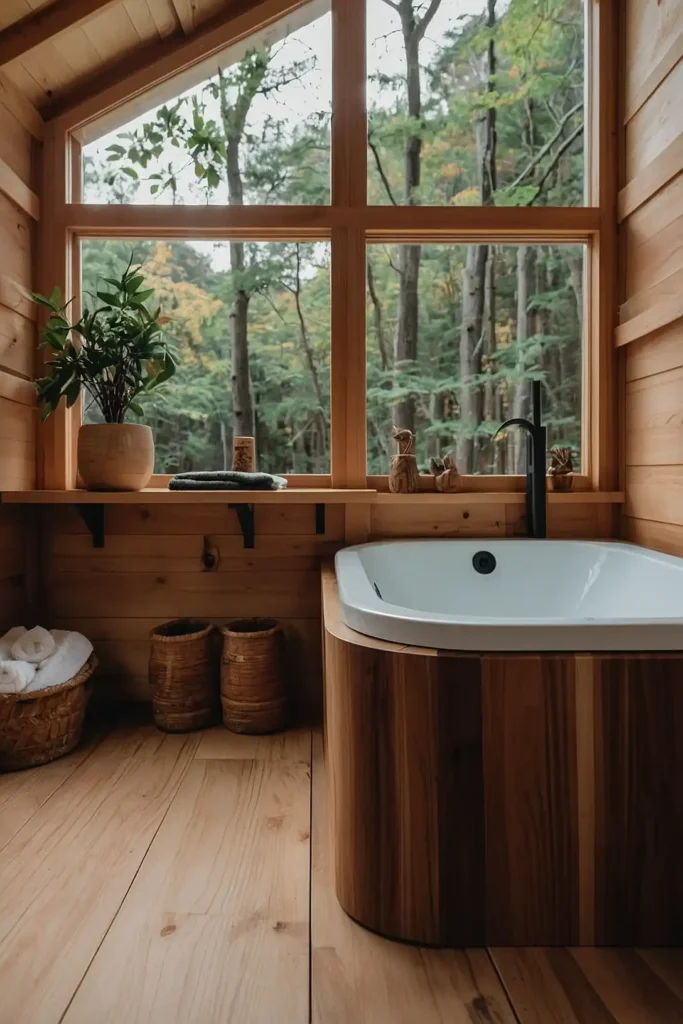
Install wooden elements in your bathroom for spa-like ambiance. You’ll create a relaxing retreat that connects with nature.
Use teak or cedar for water-resistant beauty. Add wooden bath mats, stools, or storage containers thoughtfully.
These natural materials warm up typically cold bathroom spaces. Your daily routines become more mindful and pleasant.
18: Paper Lighting Fixtures
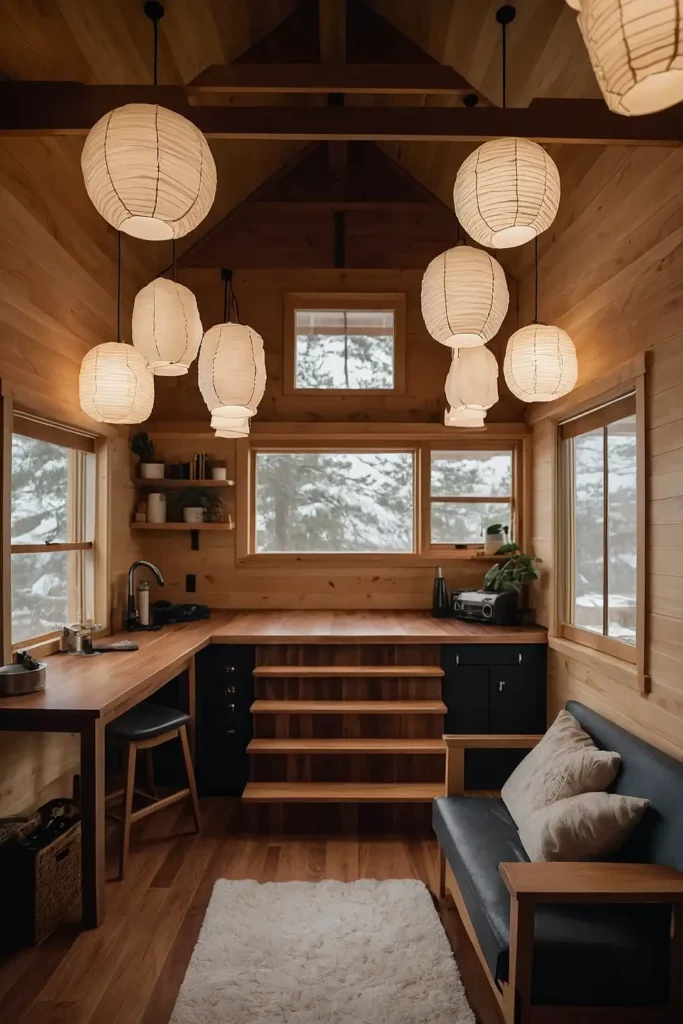
Install pendant or table lamps with paper shades. You’ll create soft, diffused lighting that promotes relaxation and calm.
Choose white or natural rice paper materials. These fixtures filter harsh light into gentle, warming illumination.
Avoid metallic or plastic lighting elements completely. Paper fixtures connect your space with traditional Japanese aesthetics.
19: Open Shelving Kitchen
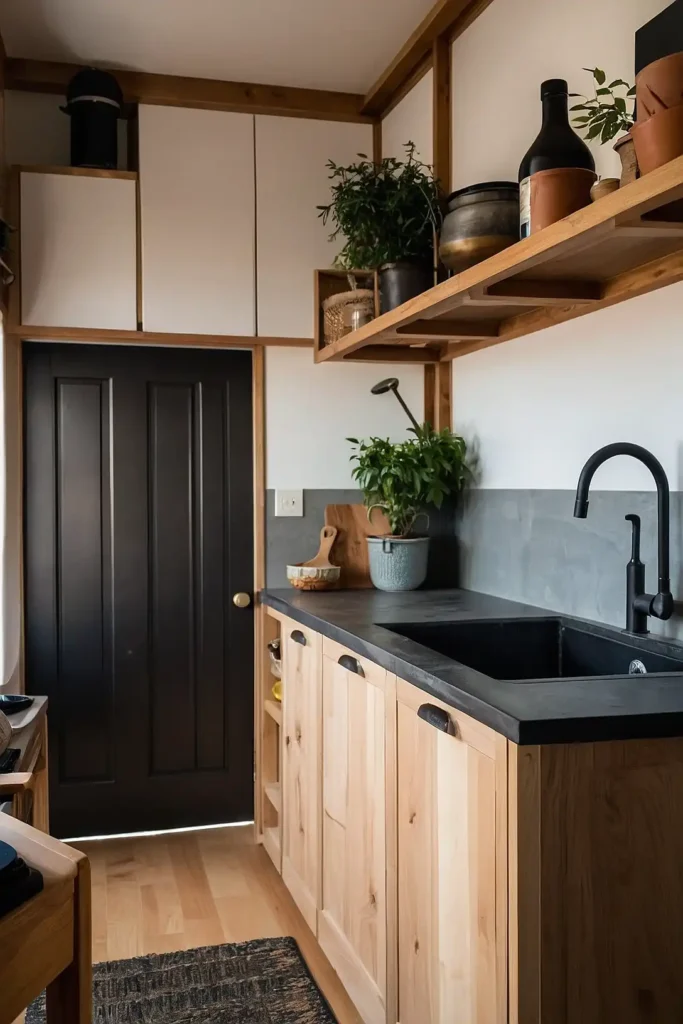
Design your kitchen with open shelving instead of upper cabinets. You’ll create visual lightness while displaying beautiful dishware.
Arrange dishes, glasses, and bowls in organized groups. Choose pieces in whites, natural woods, or muted colors.
This approach encourages mindful ownership of kitchen items. Your daily cooking becomes more intentional and peaceful.
20: Floor Cushion Seating
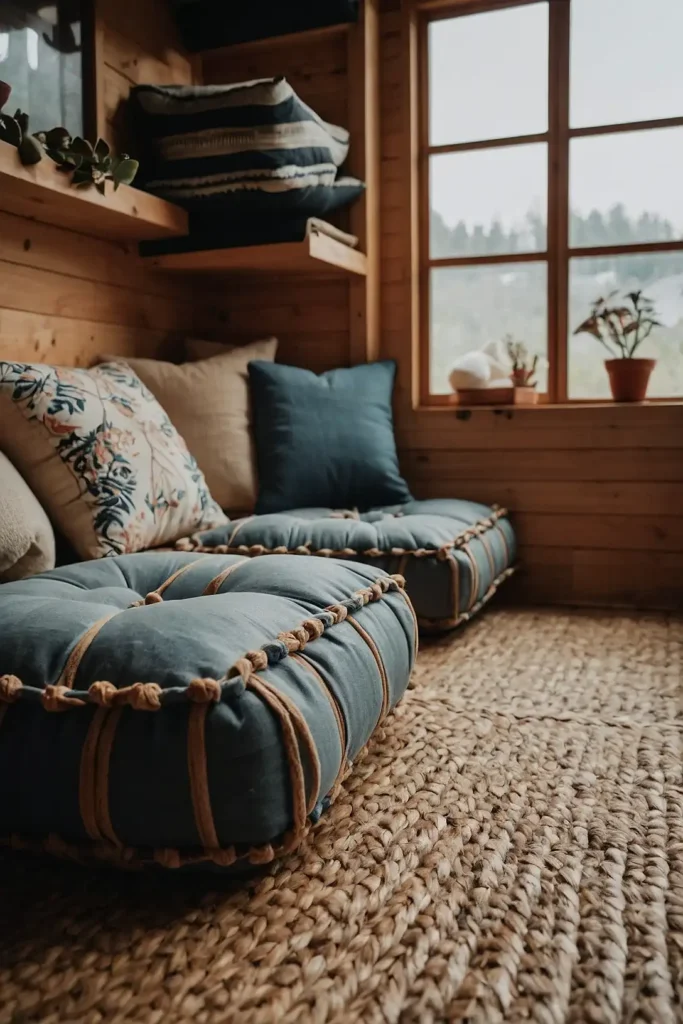
Arrange floor cushions for flexible, casual seating options. You’ll embrace Japanese low-living while accommodating various group sizes.
Choose cushions in natural linen or cotton fabrics. Store them in built-in cubbies when not in use.
This seating style promotes closer connection during conversations. Your social spaces become more intimate and comfortable.
21: Natural Stone Accents
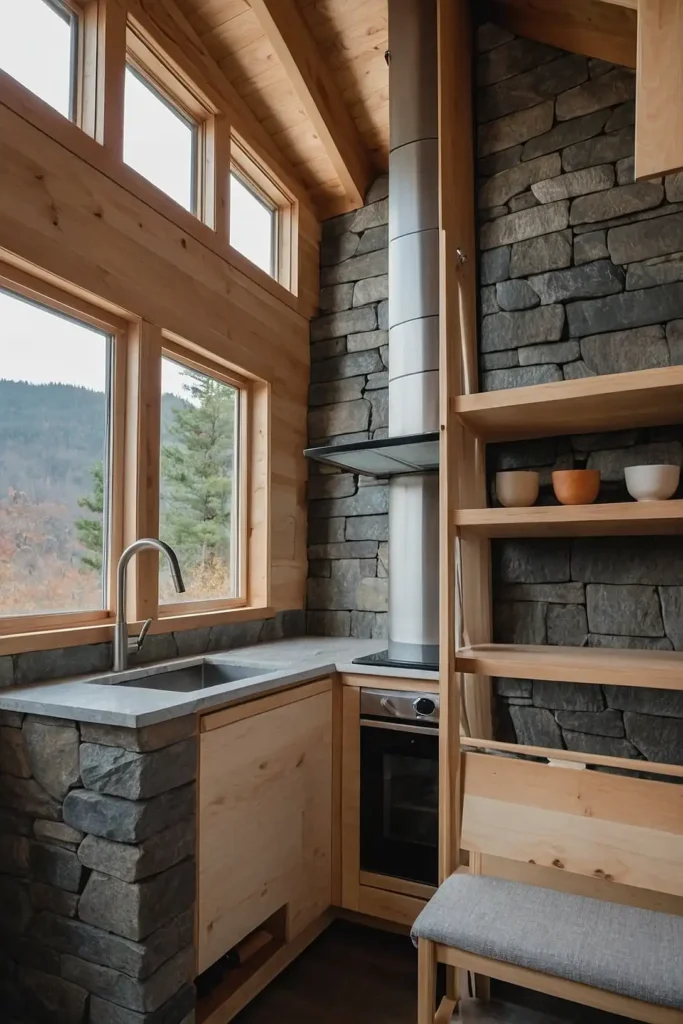
Incorporate river rocks or smooth stones as decorative elements. You’ll add organic texture while maintaining color neutrality.
Display stones in wooden bowls or ceramic containers. Choose pieces with interesting shapes or natural patina.
These elements connect your interior with outdoor landscapes. Your space feels grounded in natural beauty.
22: Sliding Panel Storage
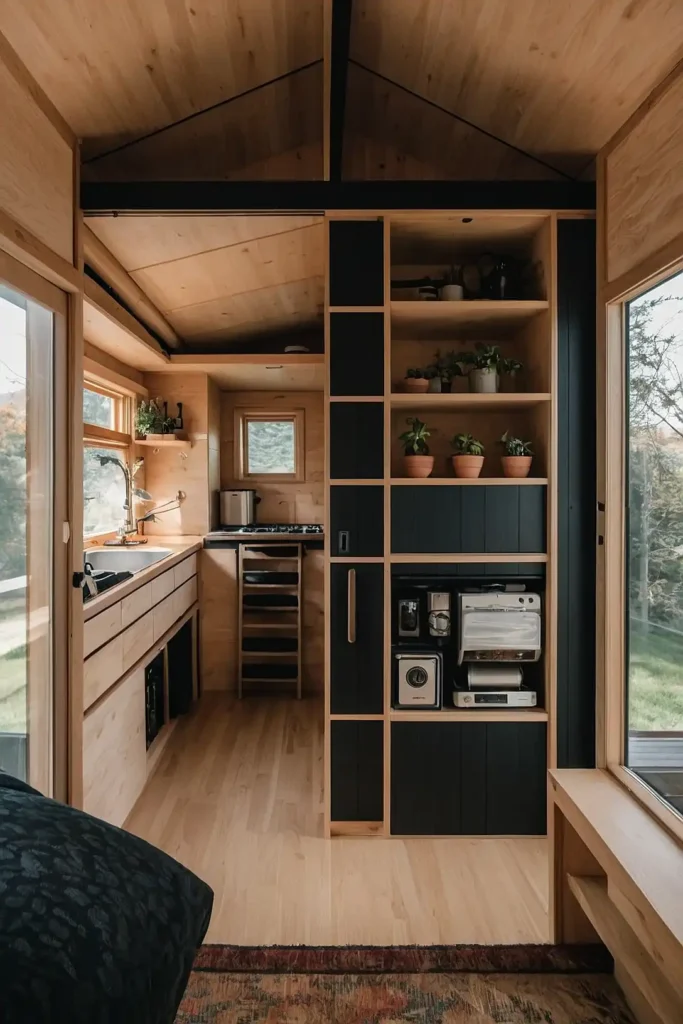
Install sliding panels to conceal storage areas completely. You’ll maintain clean wall surfaces while organizing efficiently.
These panels hide everything from clothing to electronics. Choose light wood or white finishes for seamless integration.
This approach eliminates visual clutter without sacrificing functionality. Your space remains serene and uncluttered always.
23: Scandinavian Hygge Corner
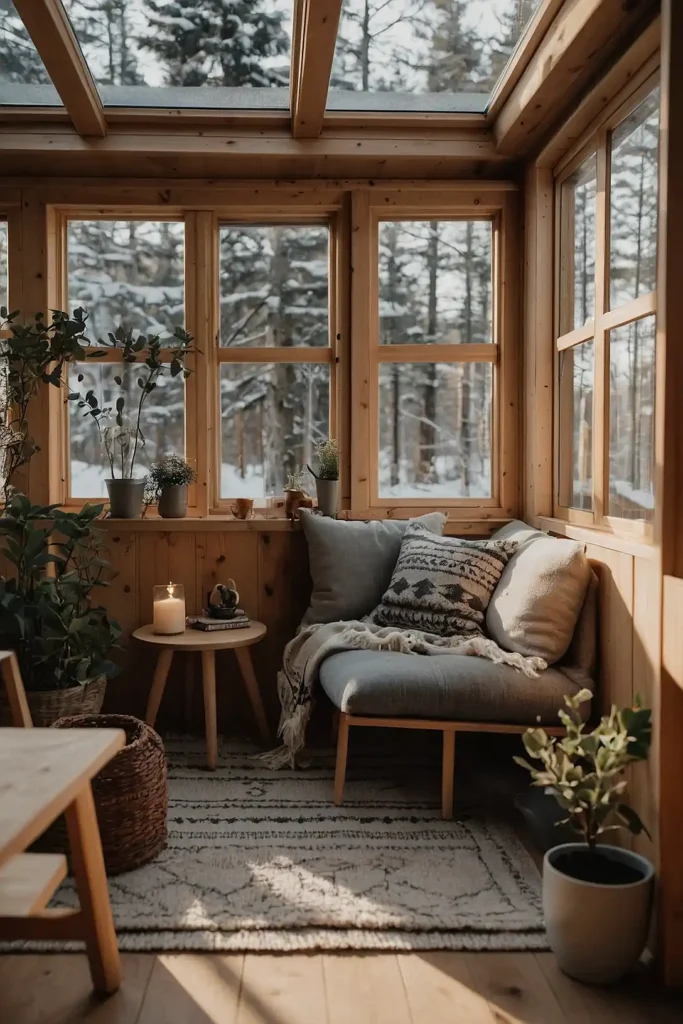
Create a cozy reading nook with soft textures. You’ll add Scandinavian comfort to Japanese minimalist principles.
Include a comfortable chair with wool throw and reading light. Position it near a window for natural illumination.
This corner becomes your retreat for relaxation. The hygge element adds warmth to minimalist design perfectly.
24: Natural Fiber Rugs
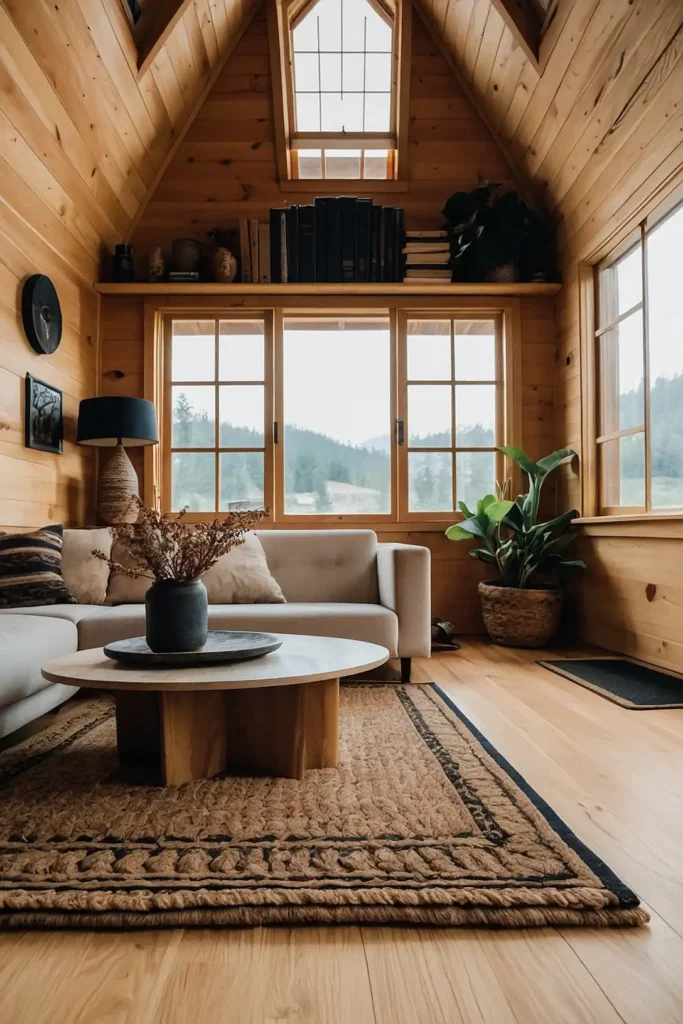
Layer natural fiber rugs to define spaces and add warmth. You’ll create comfortable walking surfaces while maintaining organic aesthetics.
Choose jute, hemp, or wool rugs in neutral colors. Avoid patterns or bold colors that disrupt visual harmony.
These rugs add texture without overwhelming your minimalist palette. Your floors become more comfortable and visually interesting.
25: Wooden Ceiling Beams
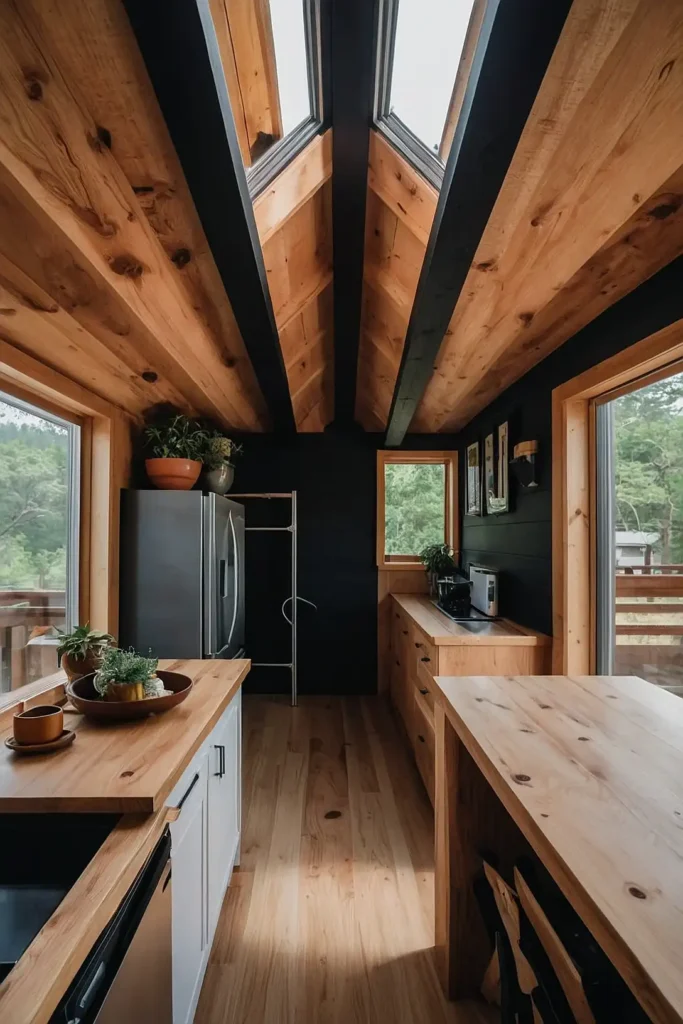
Install light wood ceiling beams for architectural interest. You’ll add visual warmth while maintaining clean design lines.
Choose beams that complement your other wooden elements. They should enhance rather than dominate your space.
This feature adds character without creating visual clutter. Your ceiling becomes an integral part of the design.
26: Minimalist Bathroom Design
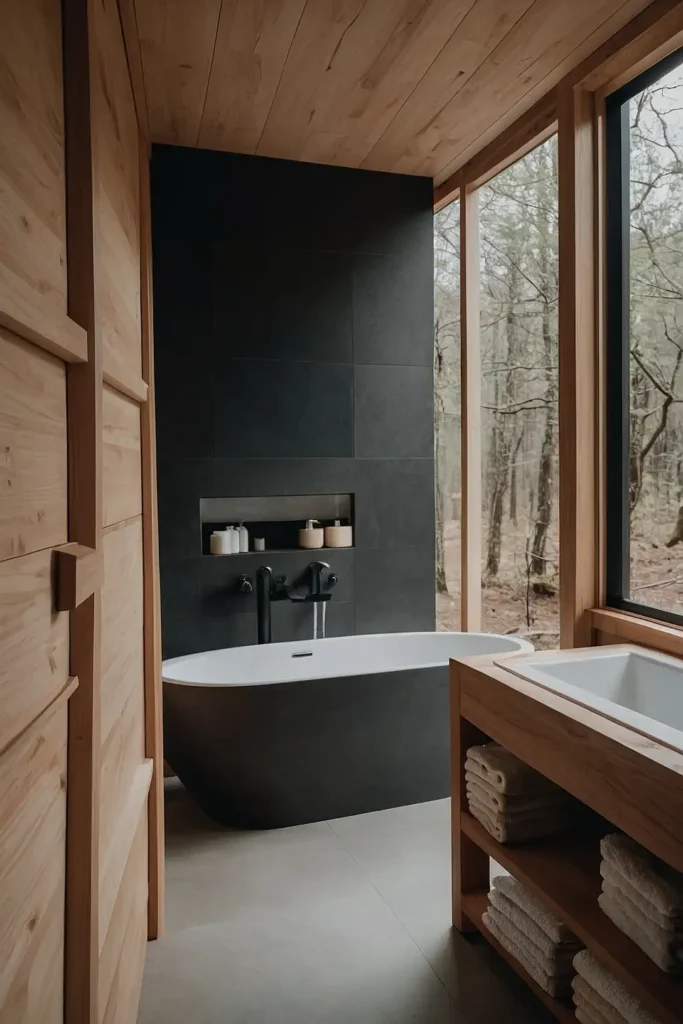
Design your bathroom with clean lines and natural materials. You’ll create a spa-like retreat for daily self-care rituals.
Use white fixtures with wood or stone accents. Include plants that thrive in humid bathroom conditions.
Avoid decorative items or busy patterns completely. Your bathroom becomes a peaceful sanctuary for relaxation.
27: Outdoor Connection Deck
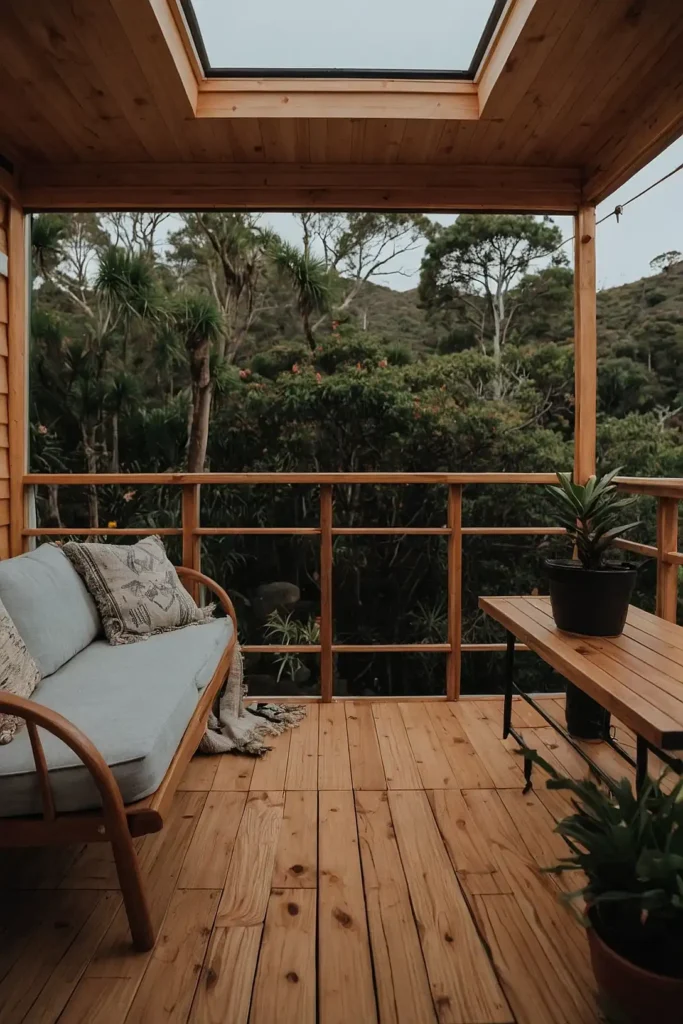
Extend your living space with a simple wooden deck. You’ll blur the boundaries between indoor and outdoor living.
Choose decking that matches your interior wood elements. Add simple seating for outdoor meditation or dining.
This connection with nature reinforces Japandi principles perfectly. Your tiny house feels larger and more connected.
Conclusion
These Japandi concepts create peaceful, functional tiny houses that celebrate simplicity.
You’ll find serenity in minimalist living perfection.

